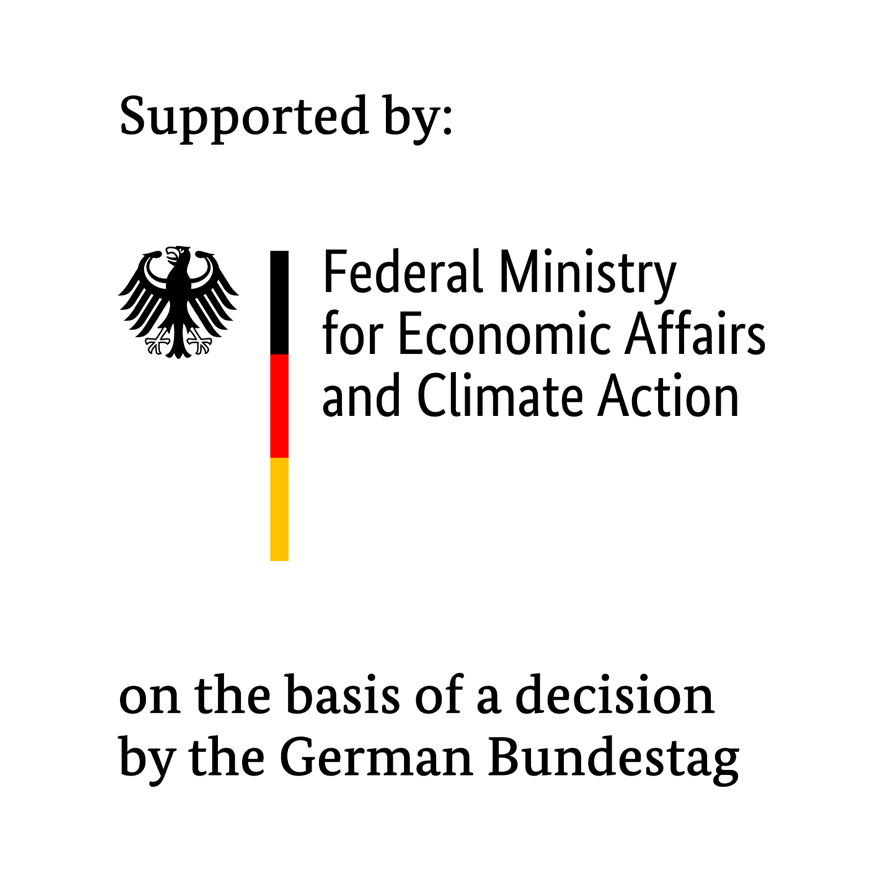Development of a two-stage procedure for assessing the wind potential of wind locations as per the German Renewable Energy Act (EEG) amendment 2017.
| Funding: | German Federal Ministry for Economics Affairs and Energy (BMWi) |
| Partners: | GEO-NET Umweltconsulting GmbH |
| Associated partners: | Energiequelle GmbH, Windwärts Energie GmbH, Naturstrom AG, ENERTRAG AG |
| Duration: | 10/2017 – 03/2020 |
The most precise estimate possible of the wind potential as well as the calculation of the expected energy yield based on this are important prerequisites for economic wind farm planning. The demands increase together with the complexity of the location and the longer the time before an estimate is made. The introduction of the tendering model in EEG 2017 marked a significant change in the framework conditions for wind projects in Germany.
For project developers and the yield assessments they have to carry out this means: the assessment process must be cost-effective, since at the time of performing an initial yield evaluation it is not clear whether they will be awarded the contract for the site. In fact, developers do not decide whether they will submit a bid at all until the next step. Should they choose to submit a competitive bid, a very precise determination of the expected yield is required. However, the methods which are generally used do not provide results with the necessary degree of accuracy – for complex sites in particular, the uncertainties are often great and not sufficiently transparent.
The EWiNo project aims to specify a procedure for enabling preliminary investigations of the wind potential at reduced cost, to optimize the methods for actual wind potential determination in accordance with state-of-the-art science and technology, and in this way to facilitate the most precise assessment of the yield possible at a justifiable pre-project expense. Specifically, the development of a multi-stage procedure is planned comprising two process stages based on innovative measurement methods and simulation approaches. To this end, not only are the corresponding methods to be selected, tested, and adjusted, but also a framework for evaluation created – in connection with a number of case examples and a detailed uncertainty evaluation. For this project, Fraunhofer IWES is focusing in particular on the use of OpenFOAM for wind modeling as well as the use of scanning LiDAR technology for wind measurements on site.
